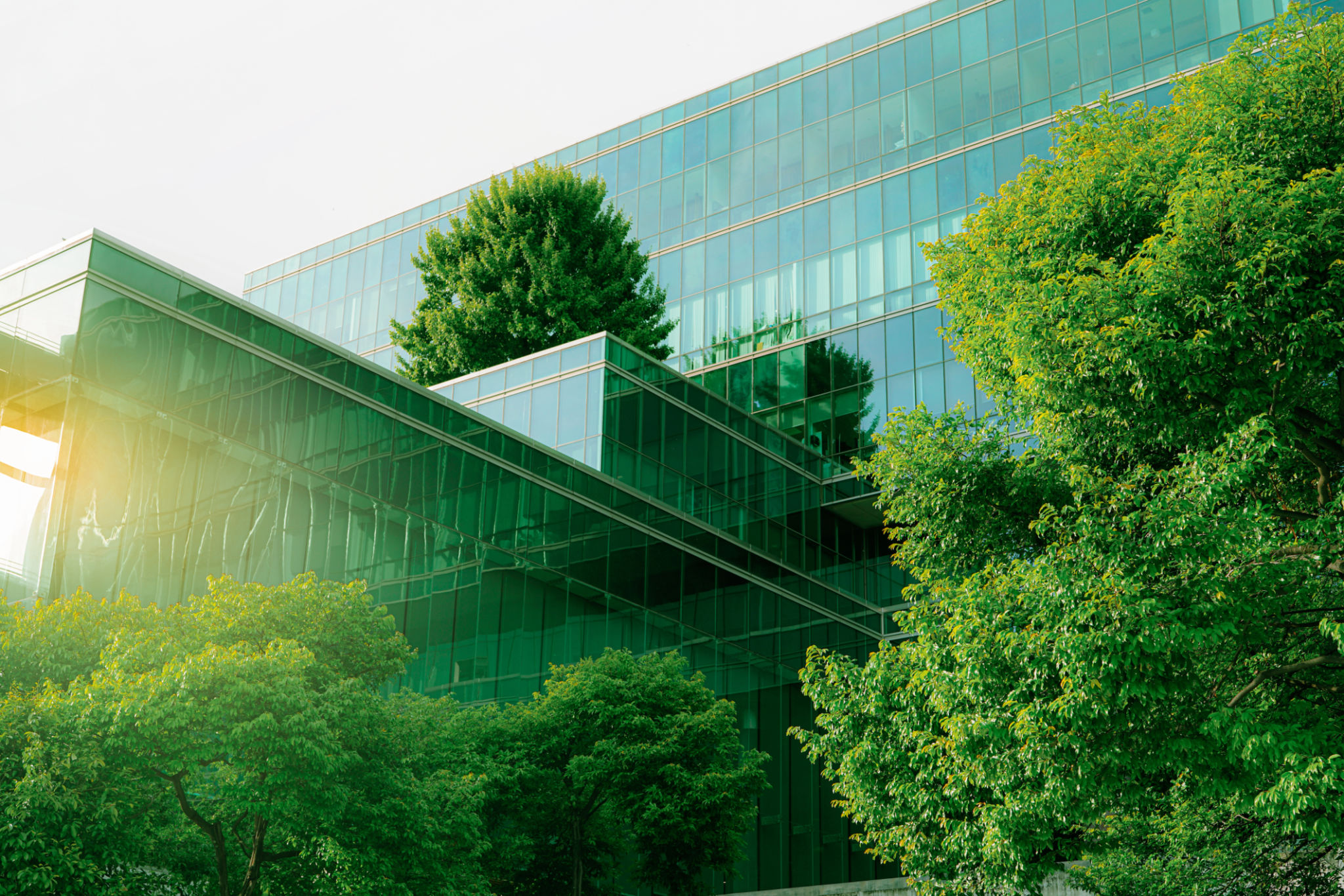Essential Tips for Effective Building Conservation: What Every Business Needs to Know
Understanding Building Conservation
Building conservation is a vital aspect of preserving the architectural integrity and historical significance of structures. For businesses, understanding the importance of maintaining buildings can lead to improved sustainability and heritage appreciation. It involves a range of activities from regular maintenance to more intensive restoration work, ensuring the longevity and functionality of a building.
Effective building conservation not only safeguards the physical structure but also upholds the cultural and historical narratives encapsulated within these walls. Businesses involved in conservation must adopt a strategic approach, balancing modern needs with respectful preservation.

Conducting Comprehensive Assessments
Before embarking on any conservation project, conducting a thorough assessment is crucial. This involves analyzing the building's current condition, identifying areas needing urgent attention, and understanding the historical context. Such assessments help in creating a detailed conservation plan that addresses both immediate and long-term needs.
A professional assessment will include structural evaluations, material analysis, and historical research. By doing so, businesses can ensure that any conservation efforts are well-informed and aligned with best practices.
Engaging with Experts
Involving experts in building conservation is essential for success. Architects, historians, and conservators bring invaluable insights and skills to the table. Their expertise ensures that every aspect of the building's history and structure is respected and preserved appropriately.

Implementing Sustainable Practices
Sustainability is a key consideration in building conservation. Modern conservation practices emphasize the use of eco-friendly materials and techniques that minimize environmental impact while enhancing the building's durability. Businesses should aim to incorporate sustainable solutions that respect both the environment and the building's heritage.
Utilizing energy-efficient systems, recycling materials, and employing green construction methods are just a few ways to achieve sustainable conservation. These practices not only benefit the environment but also reduce operational costs in the long term.
Regular Maintenance and Monitoring
Once conservation efforts are complete, ongoing maintenance is crucial to prevent deterioration. Regular inspections help identify potential issues before they become significant problems. Establishing a routine maintenance schedule ensures that buildings remain in optimal condition.

Monitoring systems can provide valuable data on the building's performance, alerting businesses to changes in structural integrity or environmental conditions. With this information, proactive measures can be taken to address any concerns swiftly.
Documenting Conservation Efforts
Documentation is an often-overlooked aspect of building conservation. Keeping detailed records of all conservation efforts, including plans, processes, and results, is essential for future reference. These records serve as a valuable resource for ongoing maintenance and future restoration projects.
Proper documentation also contributes to transparency and accountability, allowing stakeholders to understand the scope and impact of conservation activities. It ensures that knowledge is passed down to future generations, preserving both the building and its story.
In conclusion, effective building conservation requires a strategic approach that balances historical preservation with modern needs. By following these essential tips, businesses can ensure that their conservation efforts are successful, sustainable, and respectful of heritage.